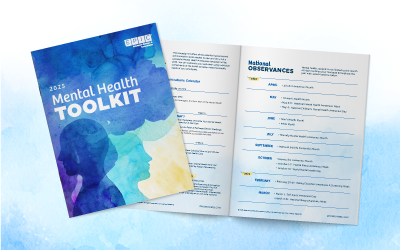It’s no secret that pharmacy spend has exploded in the last several years. Prescription drug costs are approaching, or in some cases exceeding, 30% of their total claims spend – a dramatic increase from less than 10% two decades ago. The large health insurance carriers have all integrated with large pharmacy benefit managers (PBMs) and the major consulting firms have built out specialty pharmacy consulting practices or coalitions. Increasingly, most of the healthcare money is being made in pharmacy. This is a critical fact that each of our clients must understand or they risk overspending on their benefits plan.
Viewpoints from Adam Okun
Unlike nearly every other purchase a consumer makes, when members buy pharmaceuticals, there is a different price for each person – even at the same pharmacy.
Two people who work down the block from one another and walk into the same drug store for the same prescription (with the same insurance carrier no less), are charged different prices for that drug. The reason is that drug manufacturers have cut deals with PBMs and purchasing coalitions that provide different discount and rebate guarantees based upon size and formulary structure, and then those entities each cut different deals with each employer based upon their volume and consumption habits. The pricing opacity in the prescription drug market literally does not exist in any other consumer good.
In fact, fully insured employers that do not transparently negotiate prescription drug pricing, and are simply subject to the general contract of the insurers, face the worst drug pricing in the market.
This results in excess profits for the insurer well beyond what the “loss ratio” alone suggests. It’s not uncommon for us to secure 20%+ prescription drug savings after converting a client to self-funding. And worse yet, it’s not sufficient to negotiate the pricing once. You literally must renegotiate every year as the manufacturers’ list prices keep increasing and the new deals the PBMs and pharmacy consultants strike have to keep up with the new ways profits are buried in the contracts. This is all by design and repeated attempts by consecutive administrations in Washington to bring greater transparency and uniformity to drug pricing have died with the special interest lobbying the Hill. We have yet to see what improvements will result from the latest healthcare transparency rule that did pass from the outgoing administration.
So what is an employer to do?
Put pressure on your consultant to ensure your deal is well negotiated and then mark your calendar for annual, or at the least, biennial pricing reviews. In addition, ensure there is some auditing or oversight of pharmacy claims to confirm the contract terms are actually being met. Given the complexity of pharmacy pricing, it is not uncommon to sign a deal but see variations in actual administration – not due to malevolence but simply its sheer complexity given all the pricing terms. It is important to align with advisors that “get it.”
EPIC consultants have access to best-in-class pricing, contract terms and proprietary repricing software to ensure our clients are always getting treated fairly.
EPIC offers these opinions for general information only. EPIC does not intend this material to be, nor may any person receiving this information construe or rely on this material as, tax or legal advice. The matters addressed in this article and any related discussions or correspondence should be reviewed and discussed with legal counsel prior to acting or relying on these materials.
COVID-19 RESOURCES
Related Content
Products
Employee Benefits Consulting
Our dedicated benefits team is focused on delivering better outcomes – to both your benefits program and ...
Products
Pharmacy Solutions
Our Pharmacy Consulting Practice helps companies navigate the unique complexities of expertly managing the ...
Products
Actuarial
Our Actuarial Team provides guidance on employee benefits and health and welfare programs to help meet ...



